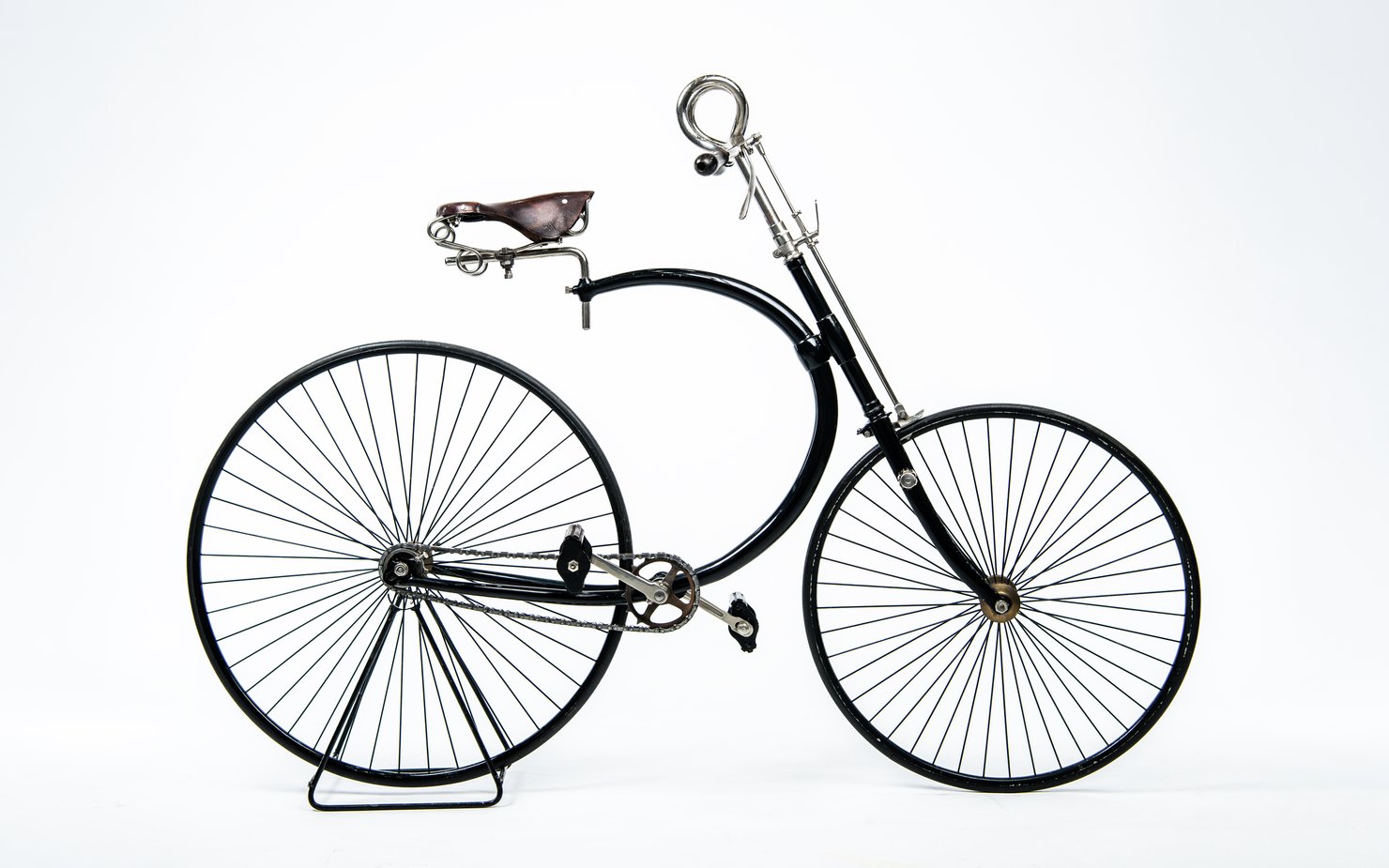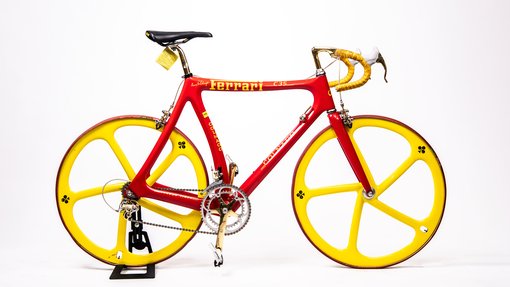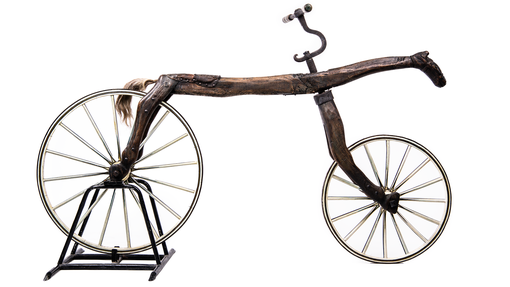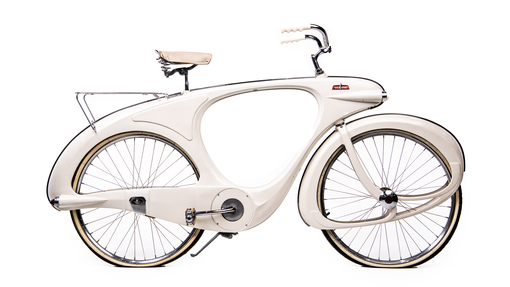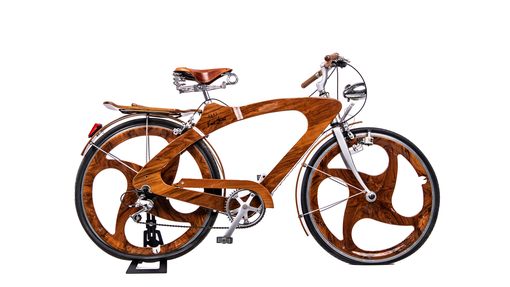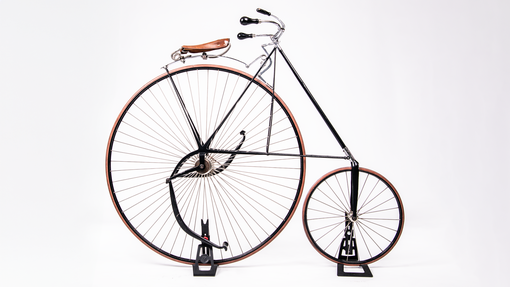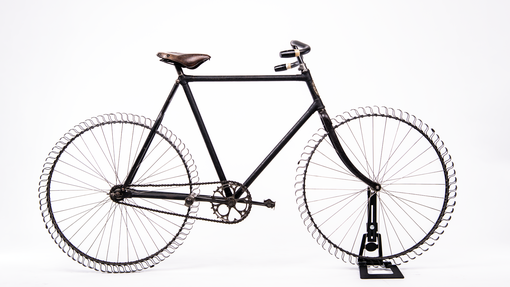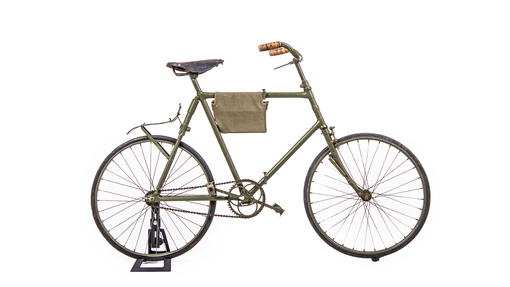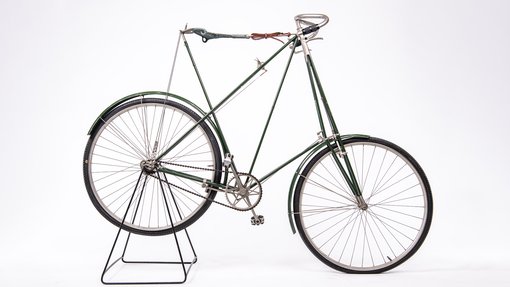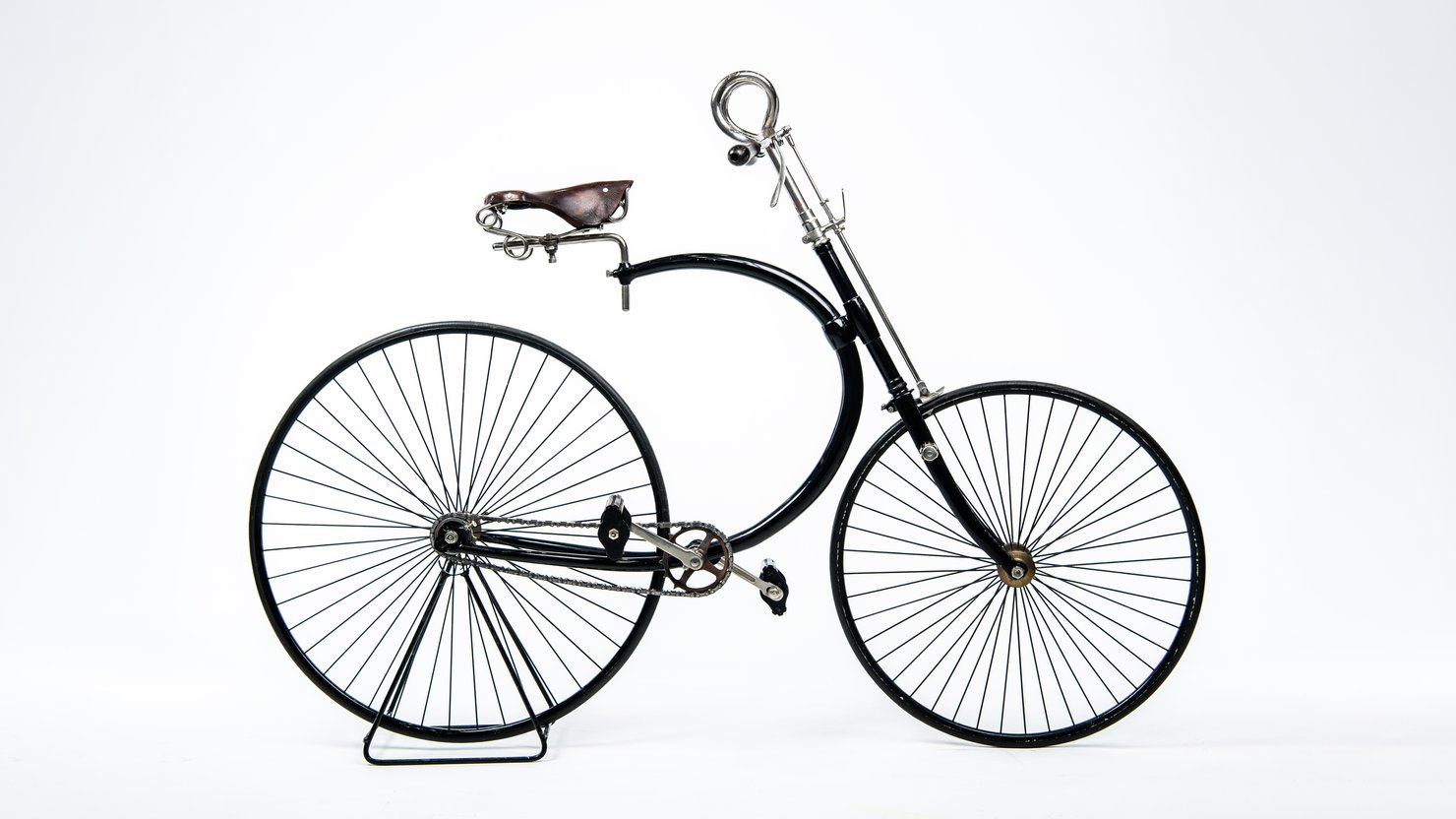This exhibition focuses its attention on the bicycle: the 200-year-old technological innovation that kickstarted the development of virtually all powered mobility, and might very well hold a key to its future.
The exhibition includes a number of sections that explore the bicycle’s growth from “horse replacement” to “horseless carriage”, the variety of technological innovations and material developments across its history, and the many ways in which those innovations were expressed.
The exhibition concludes with a section that sheds light on the transition towards sustainable modes of transportation in Qatar, and our responsibility to make that happen. Focusing on present-day solutions such as electric micro-mobility vehicles, and public transportation, it invites visitors to think creatively and imagine the future of mobility in the country.
